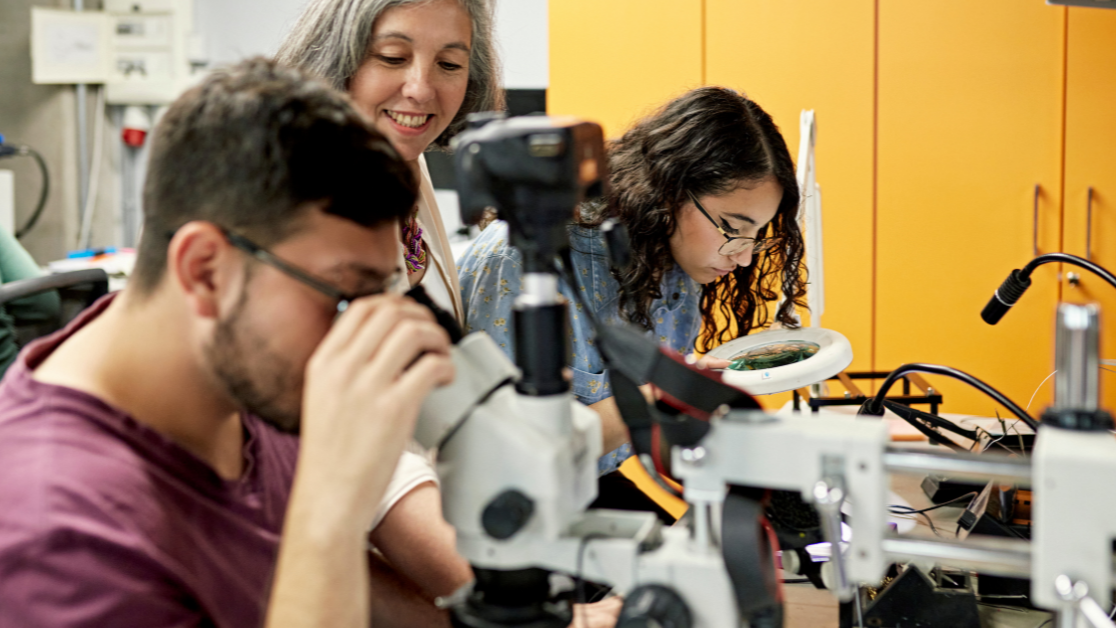In this second of our three-part blog series on Success, Redefined: How Nondegree Pathways Empower Youth to Chart Their Own Course to Confidence, Employability, and Financial Freedom, an independent research study commissioned by American Student Assistance® (ASA) and Jobs for the Future (JFF), we will explore how pathway programs are meeting young adult needs.
The study surveyed 1,100 non-college youth (young adults who neither enrolled nor graduated from a college) to better understand their postsecondary education needs and experiences. The group was composed of two subgroups: pathway youth (558 survey respondents who pursued or are pursuing a nondegree postsecondary pathway) and non-pathway youth (561 survey respondents who didn’t pursue or aren’t pursuing a nondegree postsecondary pathway).
Here’s what we discovered:
Finances and flexibility are top of mind for non-college youth
For young adults who decided not to enroll in college, the most important factors in choosing a postsecondary education program are the need to earn a good salary, incur fewer costs, work in a field of interest, and have scheduling flexibility.
Many of today’s pathway programs are designed to meet these needs. Apprenticeships and paid internships, for example, give young people the opportunity to earn while they learn.
And most pathway programs cost less than traditional college programs, are quicker to complete, and have more flexible schedules:
- Boot camps are short-term training programs which allow participants to upskill in quick bursts, so participants don’t have to take a lot of time off from work (and a paycheck) to acquire new skills.
- Certificate programs, many of which are offered on a part-time basis or at night by community colleges, allow students to earn a credential in a much shorter timeframe than associate or bachelor’s degree programs.
- Certification programs are often conducted online and may be paid for by employers who will benefit from their employees learning new skills.
Erick, a young man from Detroit, chose not to pursue college after experiencing a personal tragedy. After trying a variety of jobs including warehouse work and door-to-door sales, he enrolled in NPower, a tuition-free and virtual IT training and certification program. He completed the program in four months, gaining the technical and professional skills he needed to launch his career. He is currently working as an IT support specialist.
Pathway youth are highly satisfied with their choice
As survey respondents shared how pathways programs can meet their needs and prepare them for career success, it follows that participants of these programs are happy with their postsecondary education choices. In fact, nearly 90% of pathway youth said they were satisfied with the pathway they pursued.
The main reasons for their satisfaction? Pathway programs give them hands-on learning opportunities and the ability to complete their training faster.
That was true for Nadia, a young woman working as a contract UX designer in Rhode Island. Her one-year apprenticeship taught her the fundamentals of design, allowing her to catch up with peers who attended design school, and gain hands-on experience. Although she is still seeking a full-time role, she’s satisfied with the pathway she chose. “If I went to college, I wouldn’t have had such a fulfilling life so far,” she said.
College is not the only path to career success
When it comes to postsecondary education programs, today’s young people have options. Our survey found that nondegree pathway programs are successfully meeting the needs of young adults in ways that traditional two- and four-year college degree programs can’t, and that pathway youth are highly satisfied with their choices.
When asked about his decision not to enroll in college right after high school, IT support specialist Erick has no regrets. “Knowing what I know now, I don’t think there is anything I missed out on,” he explained.
In our next and last blog in this series, we’ll explore how pathway youth learned about non-degree pathway programs and share some suggestions on how we can raise awareness for these successful programs.



